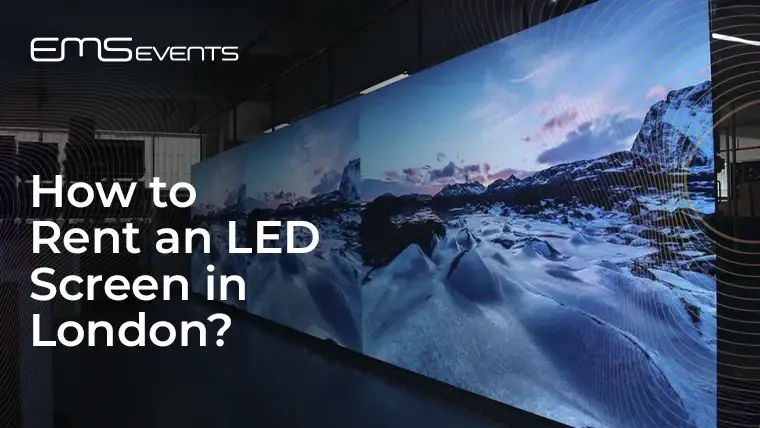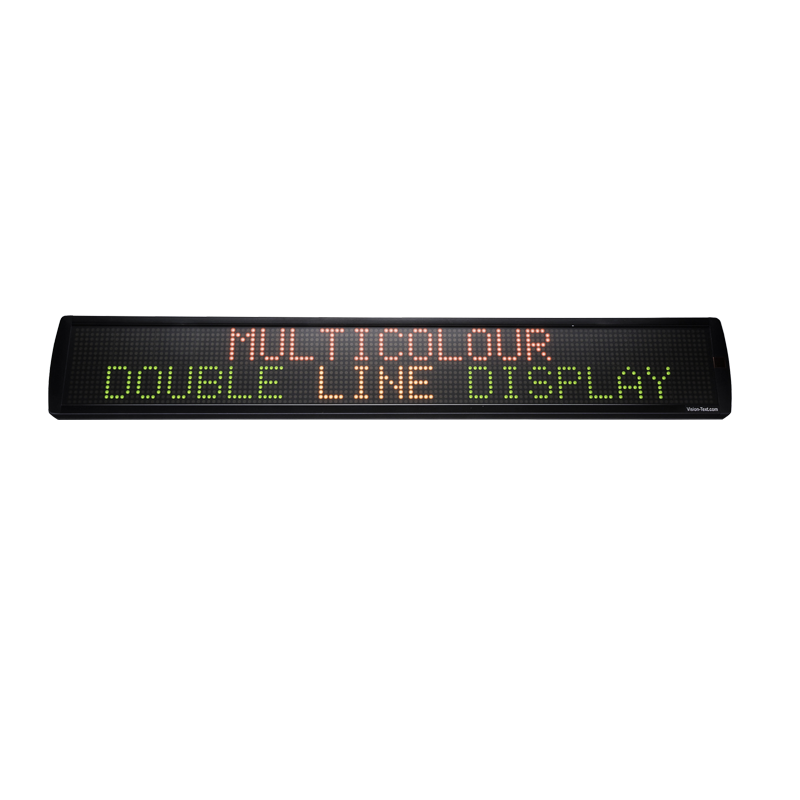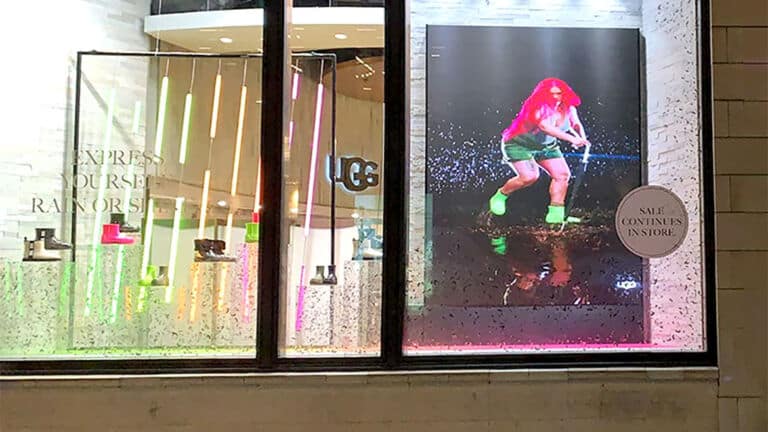Free Ideas On Picking Quality Rental Led Display
Wiki Article
What Is The Importance Of Brightness And Contrast Ratio In The Research Of Led Displays?
When looking into LED displays, brightness and contrast ratio are crucial factors to take into consideration in light of their major impact on the clarity and overall quality of the LED display, particularly in various lighting conditions. What are the reasons they are so crucial?
1. Visibility in Different Lighting Conditions
Brightness: Measured in the nits (candelas per square meters), brightness determines how well the display can be observed in various lighting conditions. High brightness is required for outdoor displays, where the ambient light is intense (like sunlight). This is to ensure that display content is visible. Indoor displays typically require lower brightness levels (around 500 to 1,500 nits), but the brightness must be adjustable to suit different environments.
It is crucial to have a high brightness when the display is set in brightly lit environments or outside. Insufficient brightness may render the display ineffective, as the content can become washed or invisible when exposed to direct sunlight.
2. Clarity and image quality
Contrast ratio The contrast is the difference in brightness between the brightest white and the darkest black. A higher contrast ratio improves the clarity and sharpness of images and makes colors more vivid. This is particularly true for displays that display dynamic media, such as videos or high contrast images.
Displays with high contrast ratios are able to handle content with various brightness levels. This includes movies, ads, and live broadcasts. Displays with low contrast could cause dark areas to appear gray and lessen the visual impact.
3. Color Accuracy and Visual Impact
Brightness and color accuracy: Brightness is also important in ensuring color accuracy. A display that has the correct brightness will better reproduce colors and this is vital for branding, advertising or any content that depends on the integrity of color.
The higher contrast level increases the brightness of LCD displays. Even though two displays may have the same brightness but the one with the highest contrast ratio appears to have more vibrant and appealing graphics.
4. Energy Consumption
Energy efficiency and brightness: Higher brightness levels generally require more electricity. For displays that are on 24/7 or part of massive installations, it's essential to balance brightness needs as well as energy efficiency. LED displays that are energy efficient are now available, which offer the highest brightness, with low energy consumption.
5. Content Versatility
Brightness for different types of Content: The brightness and contrast requirements will vary according to the type of content that includes text, static image or a dynamic video. Text-based content, for instance needs a high contrast in order for reading, whereas video content may require a combination of brightness and low contrast.
Application: In situations where the content type changes often (e.g. display screens for advertising or display screens for events) the ability to adjust brightness and contrast settings can be useful, allowing displays to adapt to different demands of the content.
6. User Experience
Brightness Adjustability Displays that permit the manual or automatic adjustment of brightness can provide superior user experience, as they can adapt to changing lighting conditions throughout the daytime. This allows the display to be always visible without creating eyestrain or reflections.
Eye comfort and contrast: A high contrast ratio can reduce eye strain. This is essential when you display information in public areas such as retail spaces, restaurants, or occasions.
Conclusion:
The contrast ratio and brightness are vital to ensure that LED displays function efficiently in the environment it is intended for, providing clear, vibrant, and easily readable content. Whether the display is used outdoors or indoors, and in dim or bright settings the factors mentioned above will significantly influence its overall effectiveness and the user's experience. When selecting the most suitable display, it's important to weigh these elements in tandem with energy efficiency requirements and content specifications. Take a look at the recommended smd screens for site recommendations including led screen transparent, advertising tvs, transparent led screen, led display screen, led light board, led a board, led screen transparent, transparent led display screen, led rental screen, transparent led panel and more.

What Is The Importance Of The Weight And Portability Factor When You Are Researching Led Displays?
The consideration of weight and portability is important when selecting LED display options. This is particularly true in situations where versatility, installation ease, and ease of transportation are top priorities. The importance of these aspects:
1. Installing and setting up is easy
Weight: A lighter LED display is easier to handle when installing particularly when the display needs to be installed in a location in which it has to be hung on roofs, walls, or any other structure. The weight of large displays will require support systems that are heavier. This may make installation difficult and raise costs.
The portability of portable displays allows them to be quickly set up and taken down, making them perfect for temporary installations, events and trade shows. Due to their light weight design, they are easily transportable and reduce the amount time and labor needed to set up each display.
2. Renting and staging
The lightweight and portable LED panels are vital for rental markets and for staging events, where displays must be frequently moved. They can reduce the cost of transportation and allow for a quicker turnaround between events and lessen the risk of the risk of damage.
Modularity: Portable displays with LEDs are typically modular, which allows them to be assemble and disassembled effortlessly. It is crucial to have this flexibility in creating custom display designs for various events.
3. Structural Requirements
Support Structures. Large LED displays require more intricate and robust mounting structures. This could add to the expense and the complexity. In contrast, lighter displays are supported by simpler, less expensive structures that make them more suited in a variety of environments.
Venue constraints: Certain venues might have weight limits, especially for ceiling or wall or ceiling mountings. Selecting a lightweight display will permit the display to fit within the limitations.
4. Transport and Logistics
Shipping costs The weight and the dimension of LED displays can directly affect shipping and handling charges. Displays that weigh less are cheaper to ship, particularly when they are used for large-scale deployments and international transportation.
Storage and handling: Portable and light displays require less storage space, and can simplify logistics for businesses that frequently transport displays.
5. Flexible for use
Reconfigurability Lightweight and portable displays typically consist of modular components, which allow them to be reconfigured into different sizes and shapes for different applications. This is particularly useful for installations with a creative flair, where the flexibility of design is crucial.
The Displays are Versatile: They can be used anywhere, whether it is a small pop-up event or a massive outdoor concert. Their versatility is greater than that of heavier, cumbersome displays.
6. Safety Factors
Reduced Risk: Lighter displays have less risk of damage in handling and installation, reducing the likelihood of damage or accidents to the display itself. This is essential in situations that require frequent adjustments or movements of the display.
Compliance: In certain instances safety regulations can dictate weight limits for installations especially in public areas. To avoid issues with compliance it is vital to ensure that the display meets those standards.
7. Energy Efficiency
Although it's not directly connected to size or weight, light displays are usually constructed with energy efficiency as a priority. Displays with LEDs that are portable may consume less power. This is beneficial in areas that are power-hungry or in situations where reducing operational costs is important.
Conclusion:
LED displays must be lightweight and portable. This is important, especially for applications where they will be often moved, such as temporary locations or in areas with limited structural support. These factors influence not only the ease of installation and transport but as well the flexibility, security as well as the overall cost of using the display. If you're looking at LED displays, their weight and portability are key factors to consider if the display requires frequent relocations, quick setup, or adherence to the safety or structural requirements. Read the most popular led rental screen for more tips including led screen display rental, outdoor led screen display, flexible led display, led video wall panels, led wall, translucent led screen, led transparent display, outdoor screen led, digital display, led panel transparent and more.

What's The Importance Of Roi, Cost And Energy Efficiency When Choosing Led Displays?
When looking into LED displays, costs as well as ROI (Return on Investment) and energy efficiency are important elements. They directly affect the viability of an investment, its benefits over the long term and operational expenses. What are the reasons for each one of the factors?
1. Initial Cost
Budget considerations: The initial price of buying LED displays is a significant element in any project. It does not only include the price of the display and any mounting frameworks or accessories that might be needed.
Quality Compare. Cost: Although cheaper displays initially appear attractive, they could compromise on quality, durability, and quality. The initial price should be considered in relation to the quality and longevity of the display.
Application: In scenarios where budgetary constraints are tight the careful evaluation of price in relation to performance is vital. If you're advertising in the most prominent locations or require a premium display or display, it might be worth a higher end model. If your surroundings are less demanding, fewer alternatives will be sufficient.
2. Return on Investment
Revenue Generating: The success of the ROI on a LED display relies heavily on its ability to create revenue. It can do this through advertisements, enhanced customer engagement, or by increasing brand awareness. Displays with a strong message that catches the eye will yield a great ROI, either through advertising revenues or generating sales.
Durability and longevity: High-end displays with better durability and longer life expectancy typically provide better ROI, as they require less frequent replacement and lower maintenance costs over time. The initial higher investment can be paid back with lower cost over time.
Impact of Features and ROI Features like high-resolution and large viewing angles, and high brightness, even though they may be more expensive initially, can enhance the efficiency and effectiveness of the screen. This can lead to an increase in ROI due to increased audience participation and accessibility.
3. Energy Efficiency
Operational cost: The ability to reduce the costs associated with an LED display is contingent upon energy efficiency. Displays that are less energy-intensive will result in lower electricity expenses. This is especially important for large installations, or displays that are on 24/7.
Environmental Impact - Energy-efficient displays assist to achieve sustainability goals through a reduction in carbon footprints. This is becoming increasingly crucial for organizations and businesses that are committed to environmental sustainability, or who must adhere to the energy standards.
Long-Term Savings: Displays that use less energy can have a high initial cost but the electricity costs saved over the lifetime of the display are substantial, increasing the ROI.
Energy efficiency is an excellent method of reducing overall operating costs for installations in areas with huge energy costs or massive deployments.
4. Total Cost of Ownership (TCO)
Maintenance and repairs. Total cost of ownership does not only include the initial purchase, it also includes all expenses related to maintenance, repairs and downtime. TCOs tend to be lower with displays with a longer life and are more durable. This means they are more affordable at the final.
Upgrades and Scalability: Take into account the ease at the way you can upgrade or scale your display system. Modular displays that is able to be upgraded or expanded for a low cost could be a long-term investment.
Application: For environments where displays may be expected to last for a lengthy time, such as in the workplace, public spaces, or retail areas with large volumes of traffic, a focus on TCO will ensure that the investment is cost-effective.
5. Options for Leasing and Financing
Flexibility in Financing - Many suppliers offer flexible financing options which may help reduce the initial costs of high quality displays. This is a benefit for businesses that want to secure their cash flow but still invest in advertising through digital channels.
The ROI implications of leasing options can have an impact on ROI because they permit businesses to change to the latest technology without having to make huge initial investments and ensure that the displays remain cutting-edge and effective in terms of generating yields.
6. Market Competitiveness
Cost in comparison to. competitors: The price and return on investment of your LED display may also impact your competitiveness in the market. A good display can make you stand out from your competition, attract more clients and customers, and offer an increase in ROI.
Application: In the industries that are highly competitive, like entertainment or retail like the entertainment industry, investing in high-end displays can give you an advantage.
Conclusion:
A display with LEDs is a long-term commitment that will yield a profit on your initial investment. To ensure that the display meets both performance and financial expectations, it is important to weigh the initial expense against the expected return. Energy efficiency should be considered to lower operating costs. This information is essential to making an informed choice that meets your budget, long-term goals and operational goals. View the most popular flexible advertising boards for blog info including led outdoor display screen, led display rental, rental led display screen, outdoor digital screens, rental led display screen, led panel rental, led a board, video wall church, video walls, flexible led display and more.
